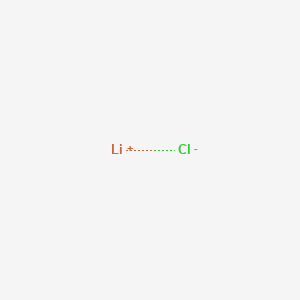Chinese Cabbage Storage and Preservation Technology
2025-07-10 01:03:02
Chinese cabbage storage requires careful management due to its delicate structure. When frozen, the leaf ball formation can lead to poor cellular protection, making the leaves prone to dehydration, wilting, and shedding. The ideal storage temperature is 0 ± 1°C with a relative humidity of 90–95%. Storage losses mainly occur through leaf detachment, rot, and weight loss. High temperatures and over-drying increase these issues. As storage progresses, disease resistance declines, leading to more infections in the middle to late stages. Maintaining low temperatures and avoiding extreme heat are key to reducing losses.
Different varieties of Chinese cabbage have varying storage capabilities. Late-maturing types generally store better than early-maturing ones. Among the Qinggang varieties, some are more resistant than others. The compactness of the leaf ball also affects storability. For example, "Bacheng Heart" has a longer storage life and lower loss. Proper fertilization—especially phosphorus and potassium—can enhance storage quality. Water should be reduced one week before harvest to avoid overly tender tissue and high water content, which can lead to mechanical damage.
There are several storage methods for Chinese cabbage, including cellar storage, ventilation storage, and refrigeration. In cellars or warehouses, methods like stacking, basket storage, and shelf storage are common. Installing mechanical ventilators in large storage areas improves air circulation, lowers temperature, and reduces ethylene buildup, enhancing storage efficiency.
Before storage, proper harvesting is essential. Cabbage should be harvested at the right time—too early leads to low yields and poor storage, while too late may cause freezing. A traditional saying in regions like Beijing and Hebei warns that not cutting vegetables in winter can result in significant losses. After harvesting, drying the cabbage in the field for 1–2 days helps reduce water content, improve cell concentration, and increase cold tolerance. Over-drying, however, can promote ethylene production and accelerate spoilage.
Pre-storage processing includes grading and removing damaged leaves. After drying, the cabbage is moved to the cellar and stored in stacks or on shelves. Some growers use chemical treatments, such as 2,4-D at low concentrations (10–15 mg/L), to prevent leaf detachment. These treatments last about 2–3 months but may lose effectiveness over time, requiring regular checks.
Cellar storage involves specific stacking techniques. Cabbage is arranged in strips about 2 meters high, with spacing for ventilation. Stacking must ensure stability and prevent overheating. Shelves with gaps between layers improve airflow and reduce spoilage. Basket storage is also effective, especially in refrigerated environments.
Storage management is divided into three phases: pre-storage, mid-storage, and post-storage. During pre-storage, ventilation is critical to lower temperatures. Mid-storage focuses on insulation during the coldest period, while post-storage requires increased ventilation as temperatures rise. Refrigeration offers an alternative, eliminating the need for pre-storage and reducing labor during storage.
In milder climates, cabbage can be stored in the field using simple pile-up methods. Covering with mats or curtains helps prevent freezing. While this method is easy, it results in shorter storage periods and higher losses. Overall, proper handling, temperature control, and variety selection are crucial for maintaining the quality and longevity of stored Chinese cabbage.
Melting point 605 °C(lit.)
Boiling point 1382°C
density 2.06
vapor pressure 1.33 hPa (547 °C)
refractive index n20/D 1.381
Fp -4 °F
storage temp. 2-8°C
solubility H2O: soluble
form beads
Lithium Chloride CAS No.7447-41-8
Lithium Chloride Basic Information
Product Name: Lithium Chloride
CAS: 7447-41-8
MF: LiCl
MW: 42.39
EINECS: 231-212-3
Mol File: 7447-41-8.mol
Lithium Chloride Structure

Melting point 605 °C(lit.)
Boiling point 1382°C
density 2.06
vapor pressure 1.33 hPa (547 °C)
refractive index n20/D 1.381
Fp -4 °F
storage temp. 2-8°C
solubility H2O: soluble
form beads
color White to gray
Lithium Chloride Use
Also used for air conditioning, pyrotechnics, dry batteries and lithium metal, also used as a flux and desiccant.
Lithium Chloride,Lithium Chloride Formula,Lithium Chloride Uses,Lithium Chloride Price,Lithium Chloride Solution
Shandong YingLang Chemical Co.,Ltd , https://www.sdylhgtrade.com